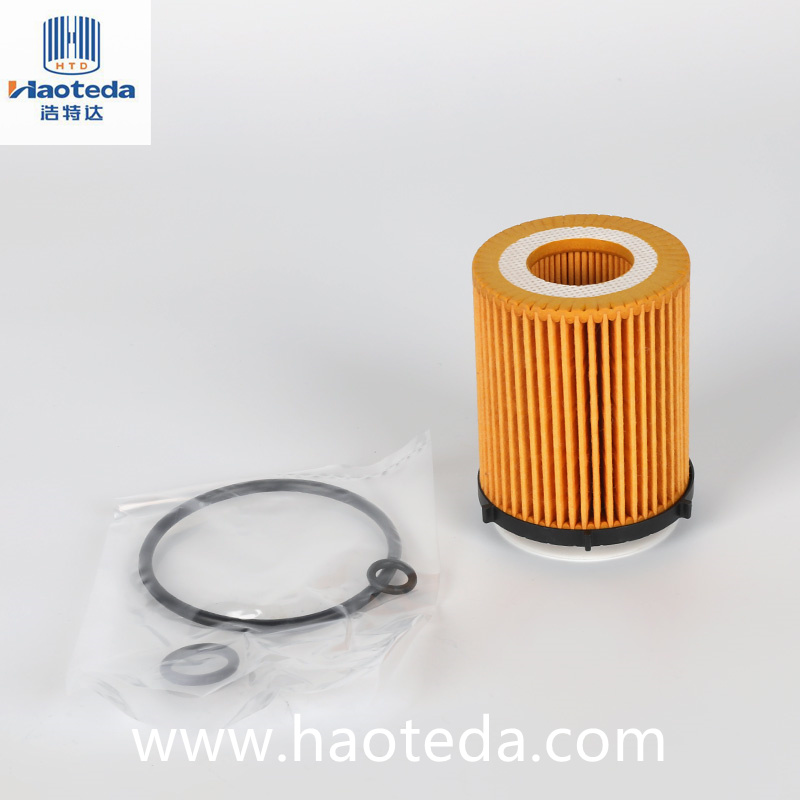The development of effective oil filtration systems has been a journey marked by significant challenges and innovations. In the early days of automotive engineering, engines were simple machines with minimal requirements for filtration. Initially, the primary challenge was managing the impurities in engine oil to ensure smooth operation and longevity of the engine components. Early filters, often made of metal mesh or basic cloth materials, were rudimentary and struggled to effectively capture smaller contaminants. These early systems were plagued by inefficiencies and a lack of durability, leading to frequent maintenance and engine wear.
As automotive technology advanced, the limitations of early filtration methods became increasingly apparent. Engineers recognized the need for more effective filtration solutions to protect the increasingly complex and high-performance engines of the 20th century. One of the key challenges was finding a material that could efficiently filter out fine particles without impeding oil flow. This led to the development of paper element oil filters, which offered a significant improvement over previous designs. The introduction of pleated paper elements, made from cellulose or synthetic fibers, marked a major breakthrough. The pleating increased the surface area of the filter paper, enhancing its ability to capture contaminants while maintaining adequate oil flow. This design also addressed the challenge of filter clogging, extending the lifespan of the filter and reducing maintenance needs.

However, the shift to paper element oil filters was not without its own set of challenges. Engineers had to ensure that the paper material was both durable and capable of withstanding the harsh conditions of engine operation. The paper needed to be resistant to oil degradation and capable of retaining its filtering efficiency over time. Additionally, the process of pleating and assembling the paper into filter elements required precision to ensure uniformity and effectiveness. The introduction of synthetic fibers further complicated material selection, as engineers had to balance filtration performance with cost and environmental impact.
Today, paper element oil filters are a testament to the strides made in automotive filtration technology. They offer numerous advantages, including superior filtration efficiency and extended service intervals. The fine paper used in these filters effectively traps contaminants such as dirt and metal particles, protecting the engine and improving performance. The design also allows for higher capacity and durability compared to earlier filtration methods. Despite these advancements, engineers continue to face challenges related to material science, environmental impact, and the evolving demands of modern engines. As automotive technology progresses, the quest for even more effective and sustainable filtration solutions continues.
The development of paper element oil filters highlights a significant evolution in engine protection technology. The transition from basic mesh and cloth filters to sophisticated paper elements involved overcoming substantial technical challenges, from material durability to efficient design. Each step forward has brought about improvements in engine longevity and performance, reflecting the ongoing innovation in the field of automotive engineering.
 English
English
 English
English Español
Español Français
Français
 +86-139-6774-0263
+86-139-6774-0263









